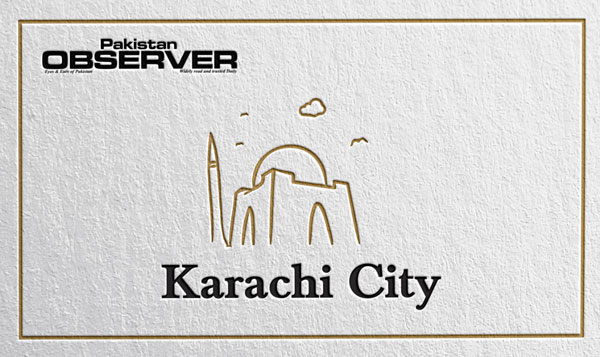Several leading experts discussed at length Karachi’s various infrastructure challenges in a webinar organized by Mehfooz Pakistan, a web-based initiative to channel and draw public attention to challenges related to public and personal safety.
The webinar was hosted by journalist and TV show host Zarrar Khuhro and included former Karachi Administrator Fahim uz Zaman, Prof. Lubna Baig, Head of Public Health JPMC, Muhammad Toheed, Urban Planner and Climate Researcher with the IBA and Naimat Khan, correspondent for Arab News, said a news release on Monday.
Fahim uz Zaman shared some great facts from the past. He said M A Jinnah Road was one of Karachi’s oldest roads in 1915 and was the widest for many years. But now pedestrians couldn’t walk on it because there were encroachments over it.
In older Pakistan, there was a concept of a dual pumping system, one line was for drinking water and the other was of grey water which was recycled water that could be used for washing and cleaning. Now these things don’t exist, he said.
Urban researcher and IBA teacher Muhammad Toheed said the lack of availability of water was Karachi’s biggest problem. Some areas get no water for 3-4 months and some have a free flowing water supply. GIS could be used to identify the demand and supply of water to make it efficient instead of doing it manually.
Dr. Lubna Baig of JPMC said the city had 100-150 accidents every day and 90% of these involve motorcycle riders.
She said doctors urge the public to wash hands but that was simply not possible when there isn’t even enough drinking water.
He said some years ago the city had 700 bus routes and 25,000 buses – and now less than a thousand buses were there.
All the speakers were in agreement on the fact that the city needed strong centralized planning and administration, if its citizens were to benefit in any tangible manner.










